The HMS Canopus was part of a fascinating era in naval history, representing the might of the Royal Navy at the turn of the 20th century. She was the lead ship of the Canopus-class battleships, a class known for its balance of firepower, armor, and speed, crafted with the intention of projecting British naval power across the globe, especially in far-flung colonial waters.
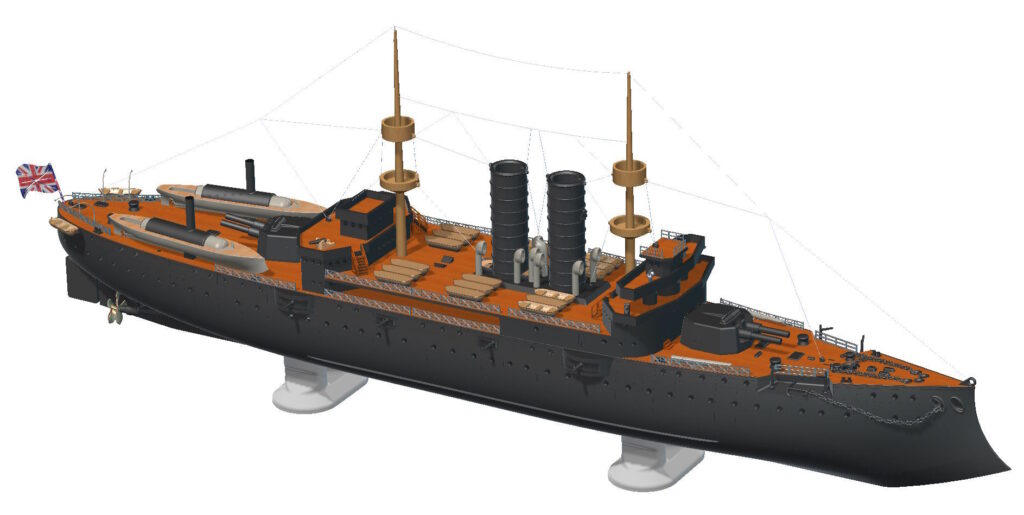
Launched in 1897, HMS Canopus and her five sister ships—Albion, Goliath, Glory, Ocean, and Vengeance—were designed to be faster and more agile than their predecessors. This was achieved in part by reducing their overall armor thickness compared to previous classes but compensating with advanced Krupp steel, which provided better protection without the extra weight. Their slimmer form, combined with a more efficient engine system, meant they could reach a respectable top speed of 18 knots—crucial for the fast-paced, far-reaching duties of the British Empire.
You can get the model file pack from here or continue reading for the rest of the article and a free STL file.
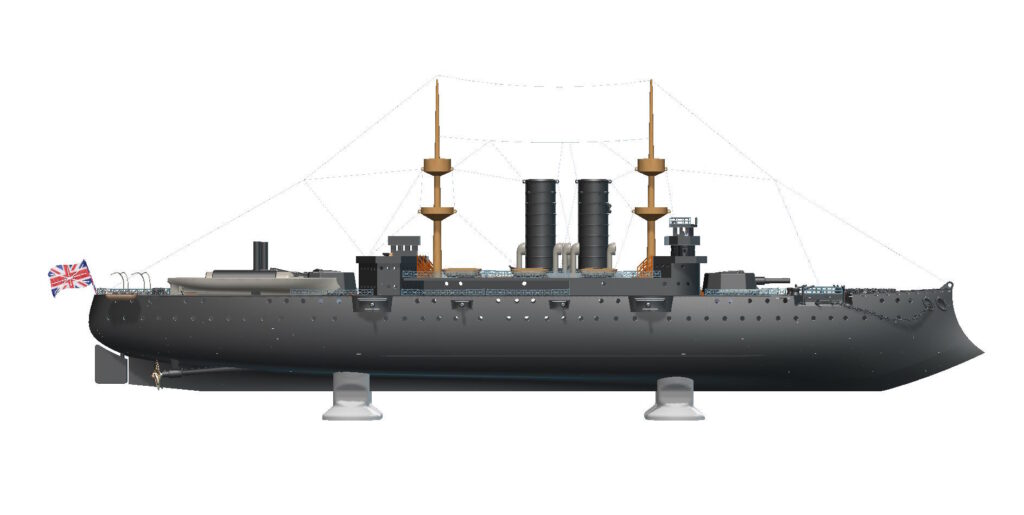
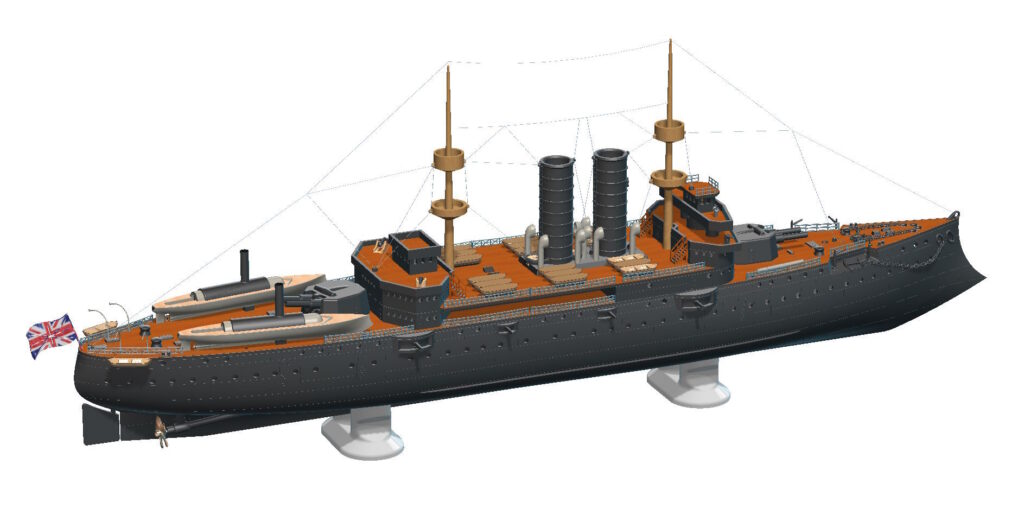
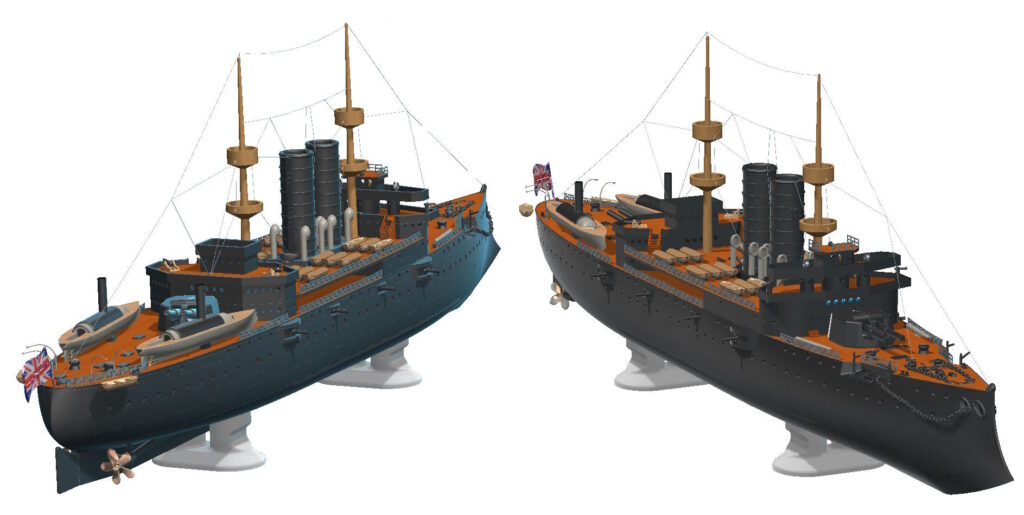
What set the Canopus class apart was their relatively light draught, which allowed them to operate in shallow waters where older, deeper-draught battleships couldn’t go. This was a particularly useful trait for deployments in Asia and the Mediterranean, where British influence was expanding and the ability to navigate tight, shallow channels was essential.
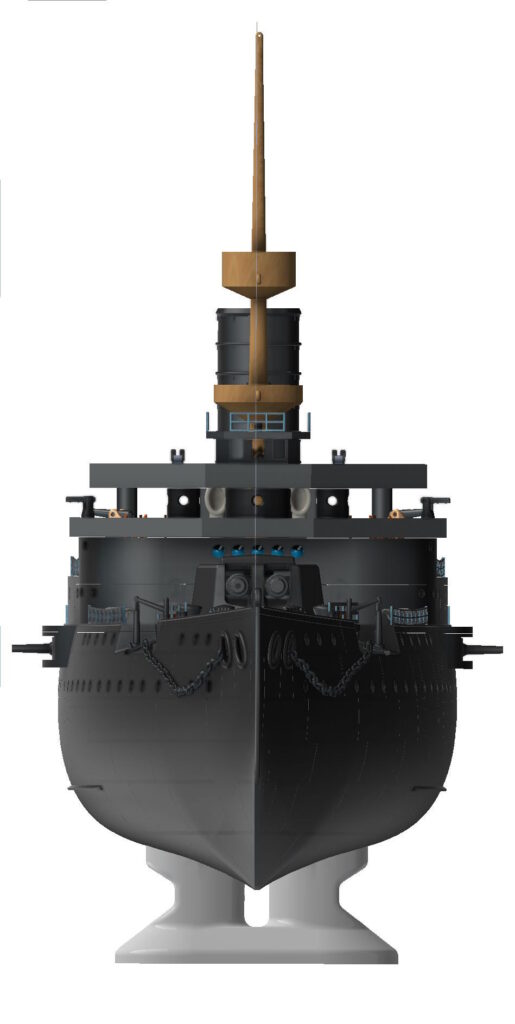
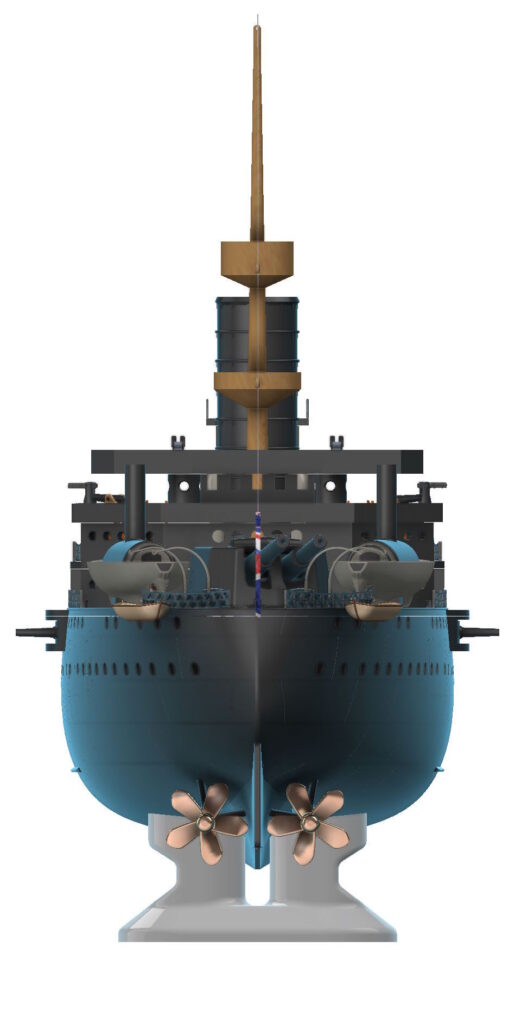
Armed with four 12-inch guns in two twin turrets, these ships packed a punch for their size. Though not the heaviest hitters of their time, they were formidable enough for most engagements and could more than hold their own in a fight. Supporting the main armament were smaller 6-inch guns, used to engage smaller vessels or shore installations. These were placed in casemates along the side, giving the ships a balanced field of fire.
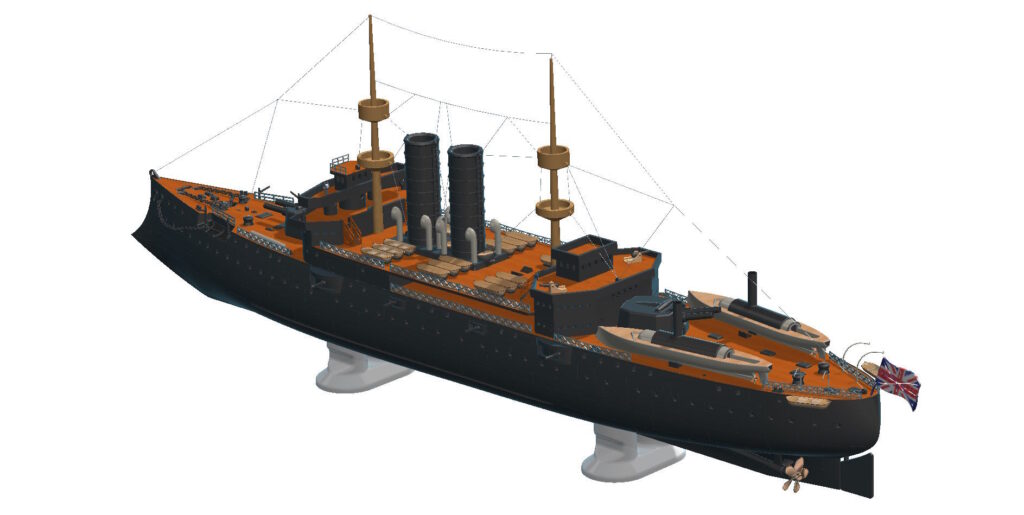
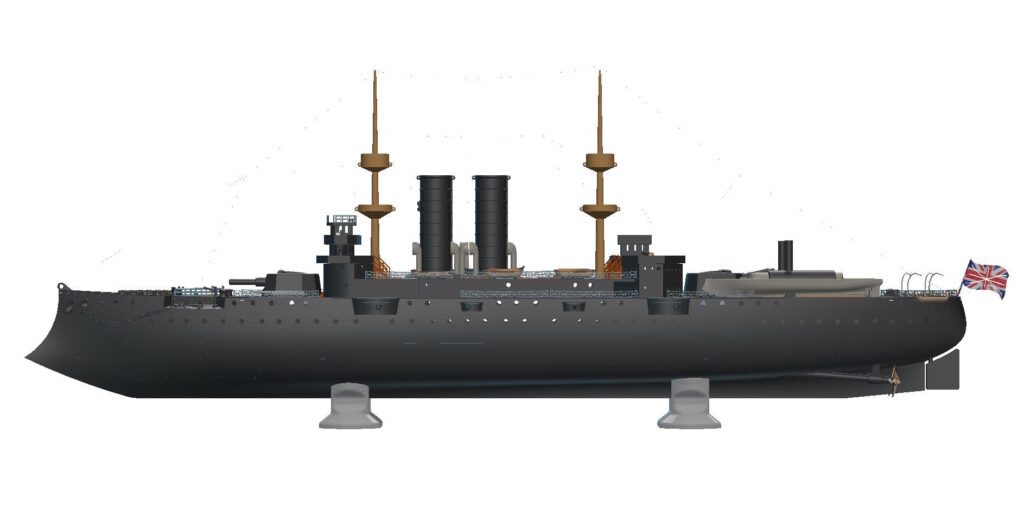
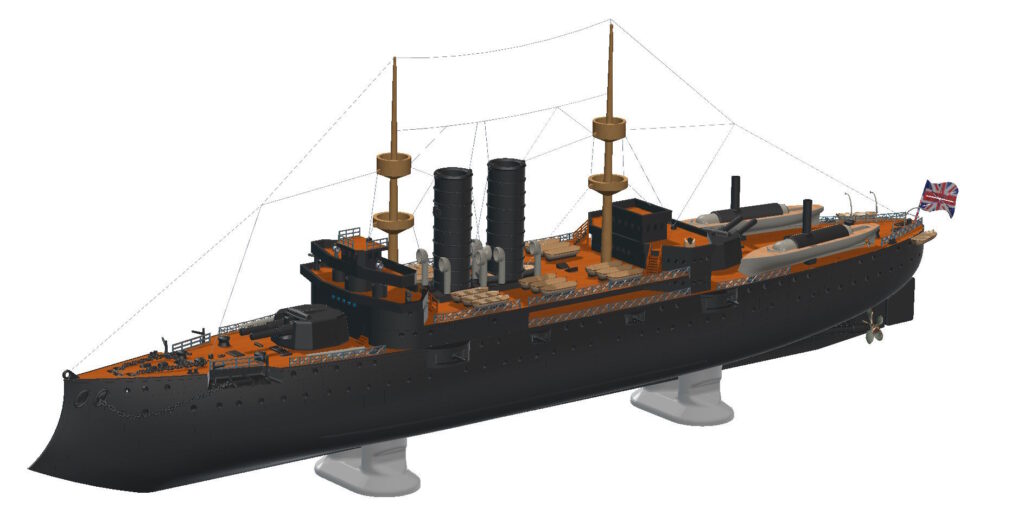
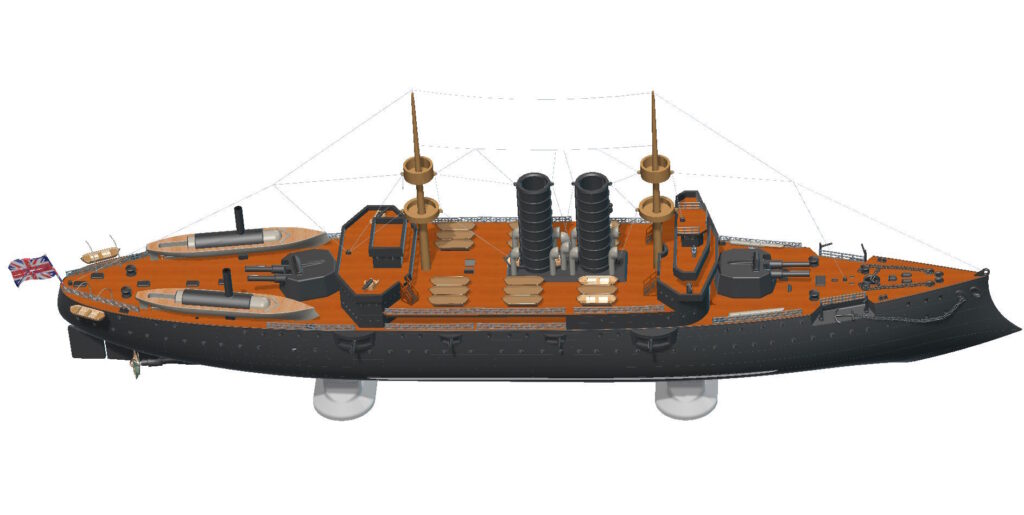
HMS Canopus herself gained particular fame during World War I, especially in the Battle of the Falklands in 1914. By that point, she was already considered somewhat obsolete compared to newer dreadnoughts, but her actions were no less important. Stationed in South America, she was tasked with guarding the port of Stanley, and her presence there helped deter a German squadron led by Admiral von Spee. Though Canopus didn’t directly engage in the battle, her old 12-inch guns, repositioned on land as a coastal defense, fired the first warning shots, alerting the British fleet and ensuring the Germans were pursued and destroyed.
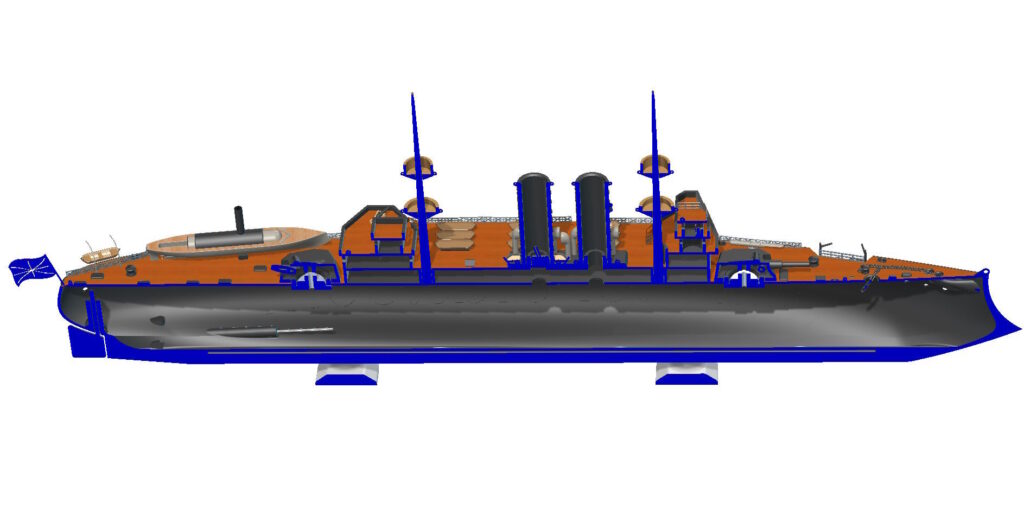
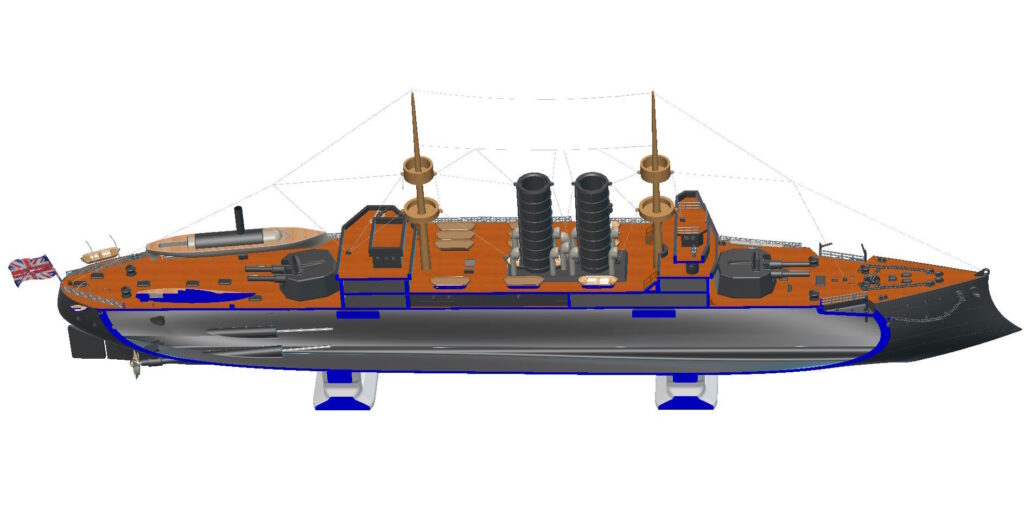
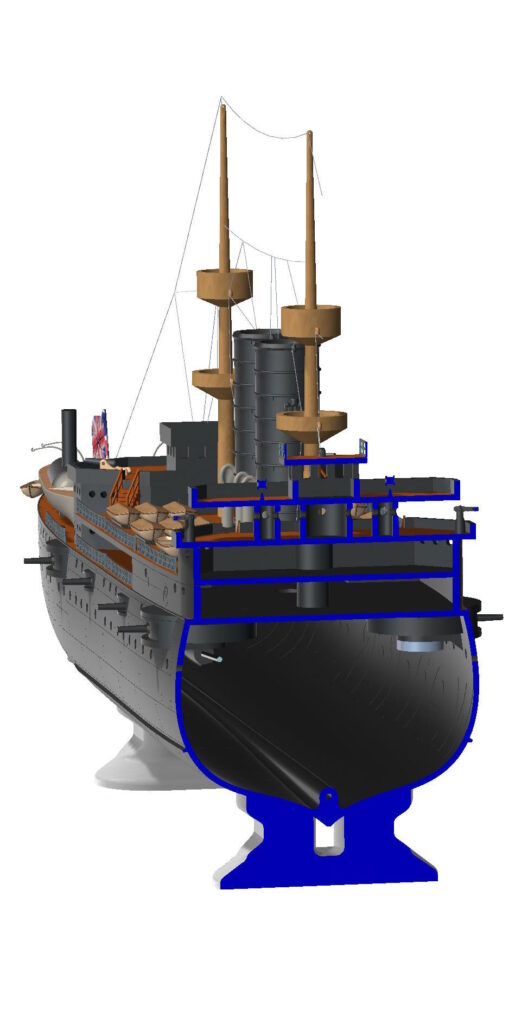
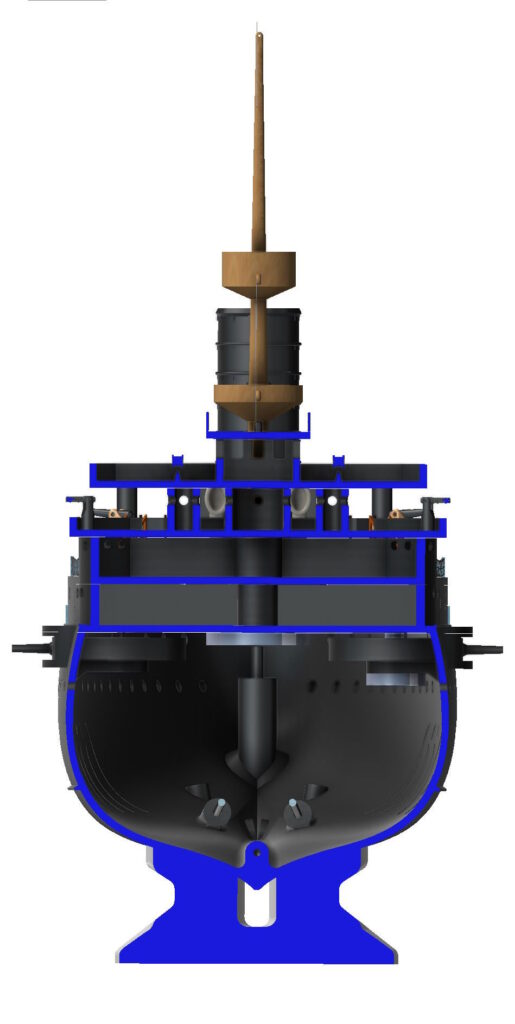
The Canopus-class ships, though overshadowed by the revolutionary dreadnought battleships that followed, played an important role during their time. Their blend of speed, firepower, and shallow draught made them versatile for a variety of missions across the empire. Even as technological advancements outpaced them, they continued to serve with distinction, embodying the adaptability and resilience of the Royal Navy during a pivotal moment in history.
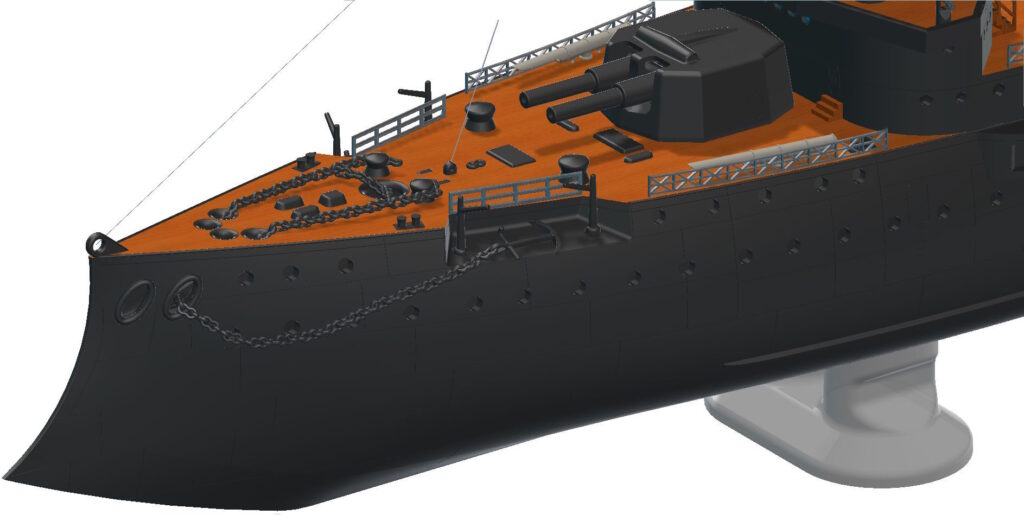
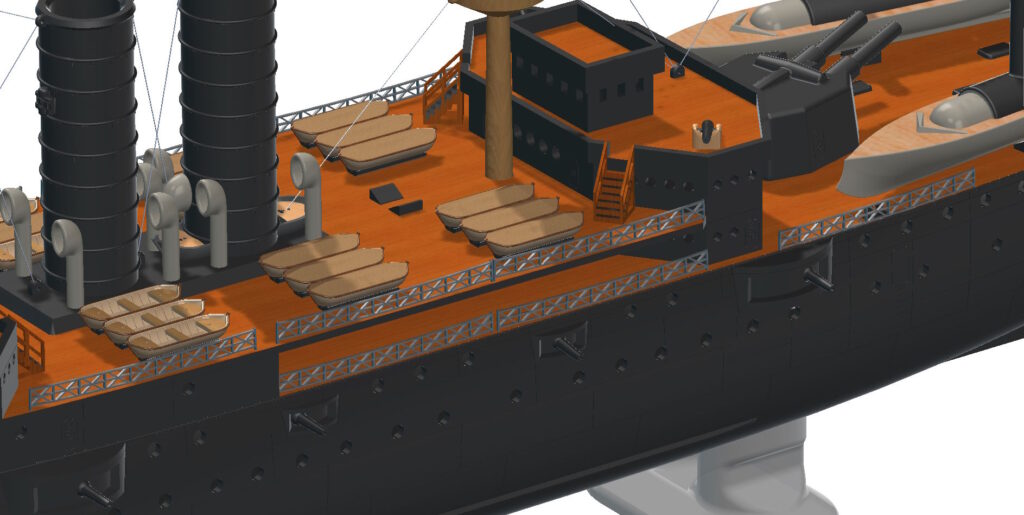
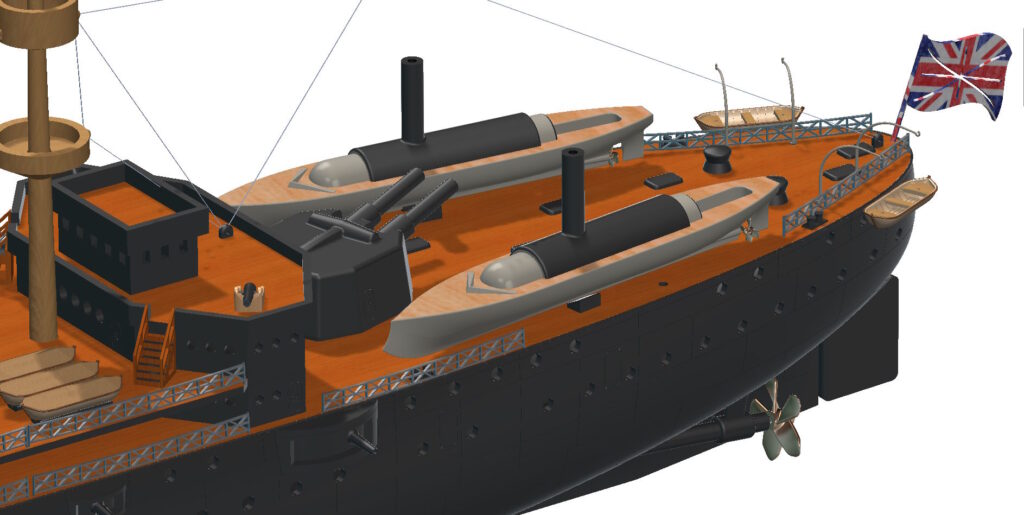
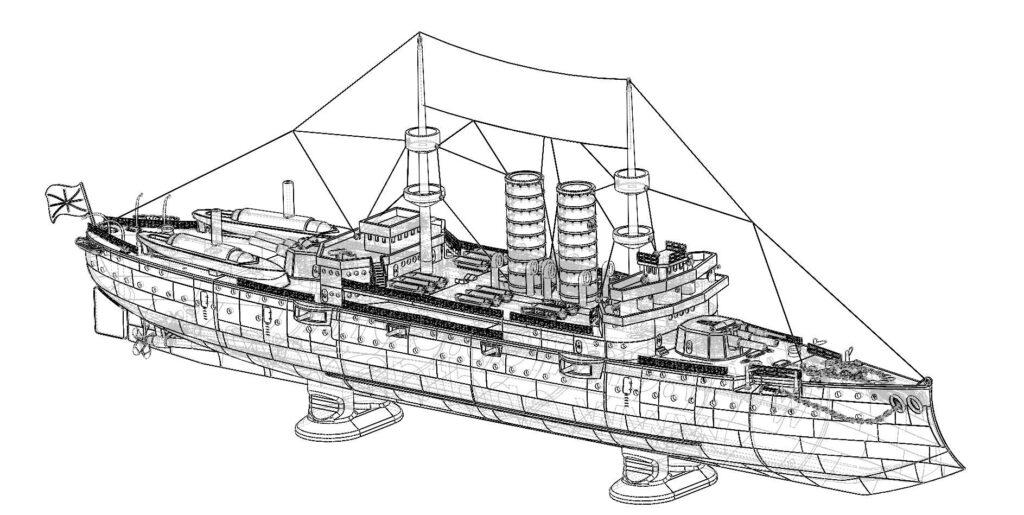
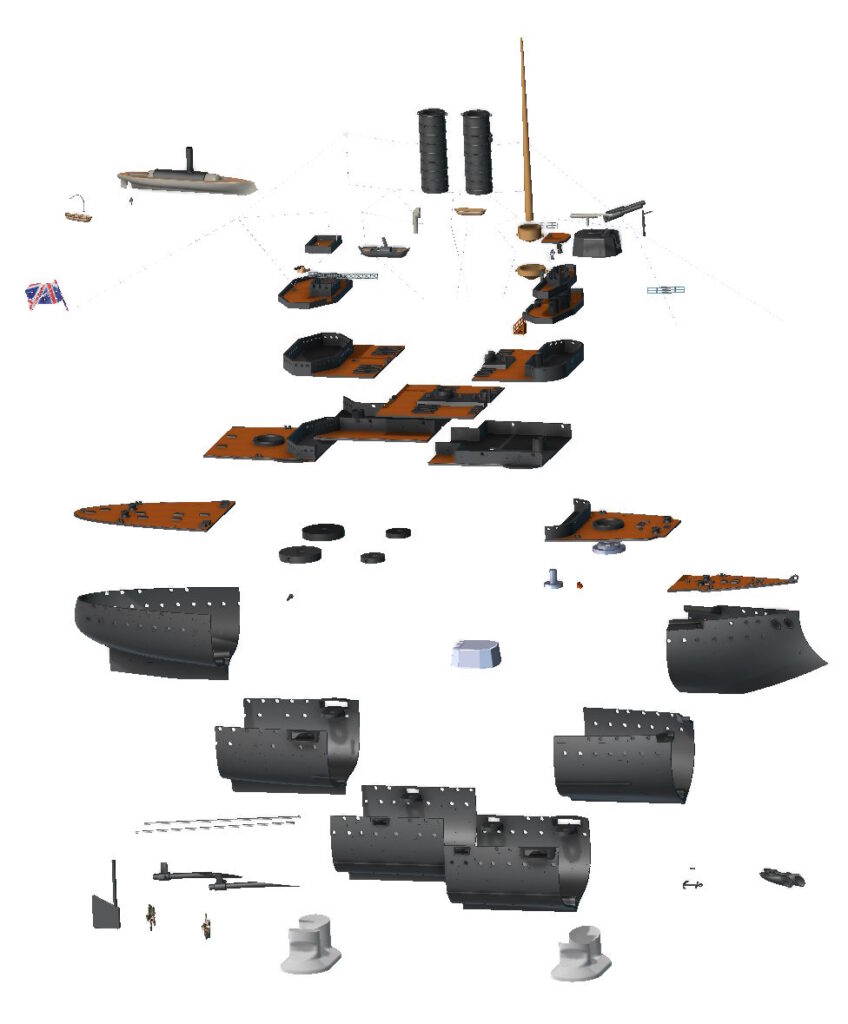
You can get the model file pack from here. It includes 71 separate high resolution parts for easy printing and assembly of the model. When completed the model may have up to hundreds of parts according to your configuration. Your free STL file is below. Enjoy and share this page on your social media please.







 Users Today : 55
Users Today : 55 Users Yesterday : 94
Users Yesterday : 94 Users Last 7 days : 987
Users Last 7 days : 987 Views Today : 94
Views Today : 94 Views Yesterday : 134
Views Yesterday : 134 Views Last 7 days : 1659
Views Last 7 days : 1659 Total views : 1324214
Total views : 1324214 Who's Online : 0
Who's Online : 0